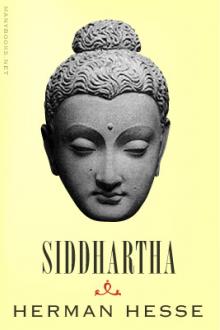ince 1903 I have had under observation constantly from two to one hundred dancing mice. The original pair was presented to the Harvard Psychological Laboratory by Doctor A.G. Cleghorn of Cambridge. I have obtained specimens, all strikingly alike in markings, size, and general behavior, from animal dealers in Washington, Philadelphia, and Boston. Almost all of the dancers which I have had, and they now number about four hundred, were white with patches, streaks, or spots of black. The black markings occurred most frequently on the neck, ears, face, thighs, hind legs, about the root of the tail, and occasionally on the tail itself. In only one instance were the ears white, and that in the case of one of the offspring of a male which was distinguished from most of his fellows by the possession of one white ear. I have had a few individuals whose markings were white and gray instead of white and black.
The method by which I was able to keep an accurate record of each of my dancers for purposes of identification and reference is illustrated in Figure 1. As this method has proved very convenient and satisfactory, I may briefly describe it. With a rubber stamp[1] a rough outline of a mouse, like that of Figure 1 A, was made in my record book. On this outline I then indicated the black markings of the individual to be described. Beside this drawing of the animal I recorded its number, sex,[2] date of birth, parentage, and history. B, C, and D of Figure 1 represent typical color patterns. D indicates the markings of an individual whose ears were almost entirely white. The pattern varies so much from individual to individual that I have had no trouble whatever in identifying my mice by means of such records as these.

 Free Download
Free Download




















-itok=vcKIB5v1.jpg)